The 1987 Topps baseball cards set is one of the most beloved releases from the junk wax era. Sports Illustrated’s Jason Schwartz recently put a spotlight on these cards, saying they hold a special place in hobby history despite being produced during an era of mass printing.
This release is fascinating because of how much our perspective has shifted over nearly 40 years. Cards that were once considered slam-dunk investments now sit in dollar bins, while others have gained unexpected respect among modern collectors.
Editor’s Note: New to MLB Daily Dingers? Then Start Here!
The Complete List of Essential 1987 Topps Baseball Cards
According to Schwartz, here are the five cards that define this legendary set:
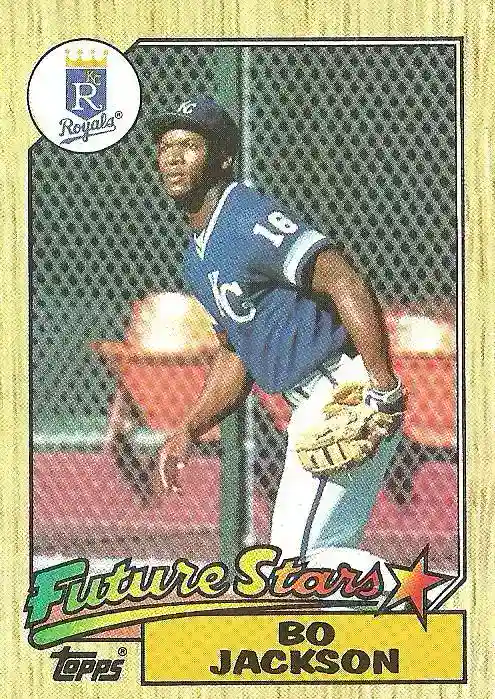
Bo Jackson (#170): The ultimate “must-see TV” player. I could watch anything Bo did and not get bored, even if it’s just him hitting grounders to the infield.
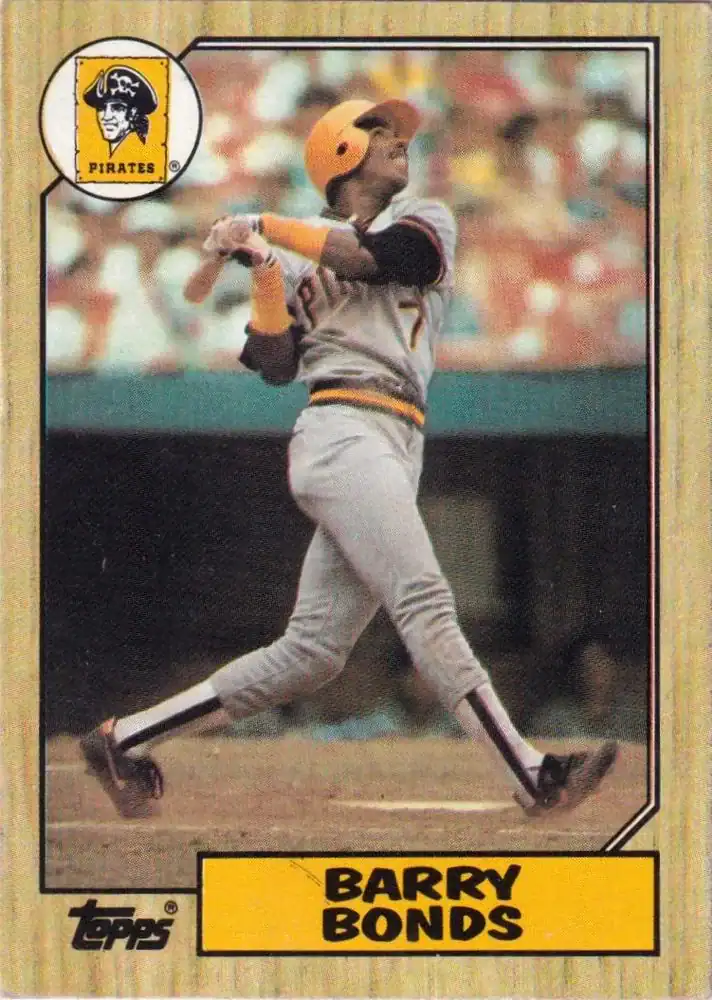
Barry Bonds (#320): The controversial slugger’s rookie card that represents 762 career homers, even though it comes with some baggage, controversy, and for some, an asterisk.
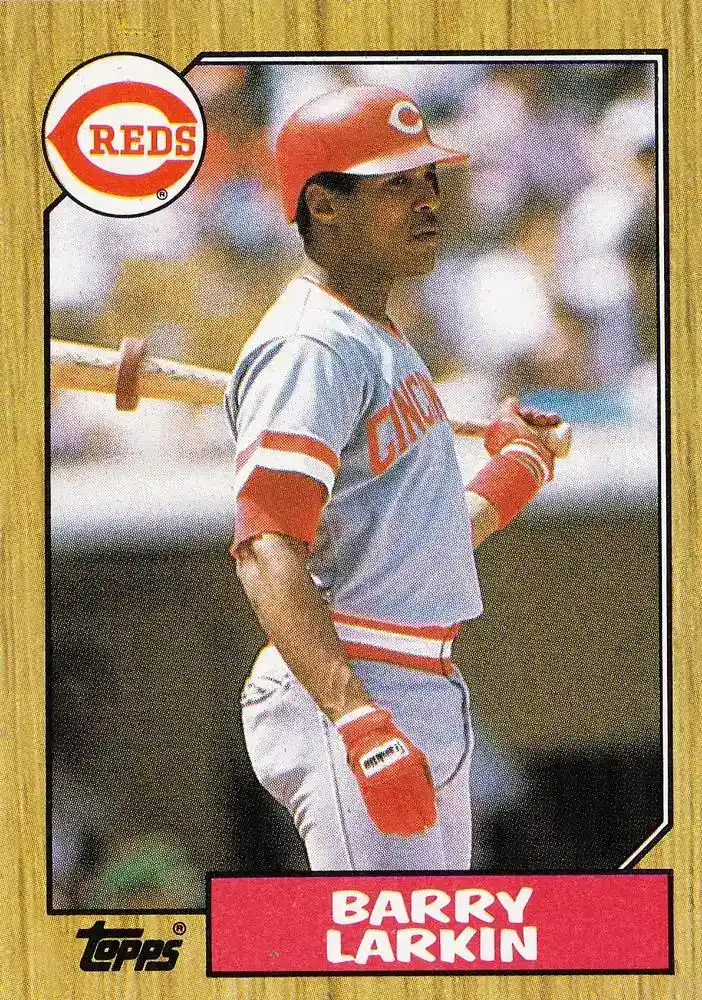
Barry Larkin (#648): While this Larkin card is often overshadowed by flashier names, it’s the only rookie player card from this set featuring a Hall of Famer.
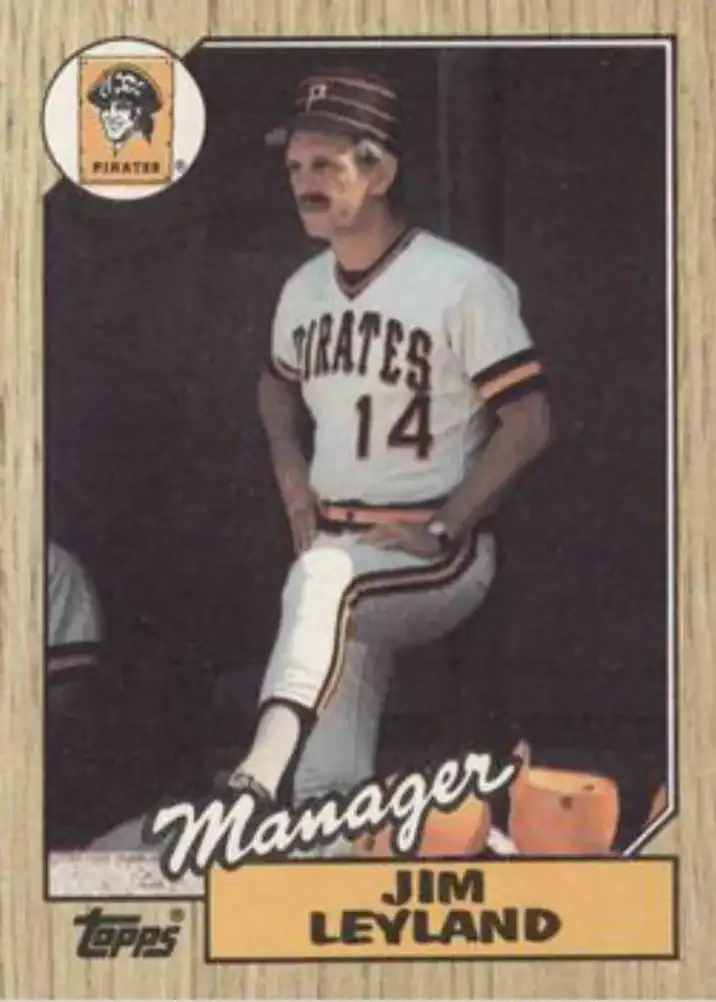
Jim Leyland (#340): After getting inducted into Cooperstown in 2024, this actually became the second Hall of Fame rookie card in this set, featuring the first-year MLB manager.
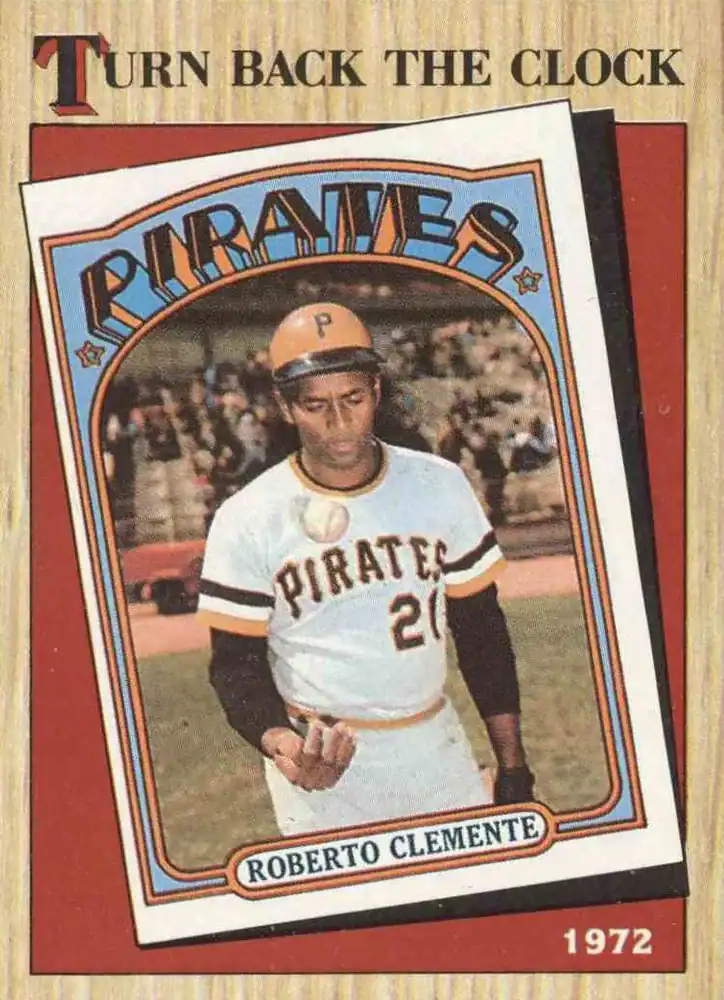
Roberto Clemente “Turn Back the Clock” (#313): A tribute card featuring one of baseball’s most poignant images.
Bo Jackson: The Card That Defined an Era
The Bo Jackson card from this set deserves a little extra spotlight. Schwartz notes that while other players achieved statistical greatness, none provided more must-watch moments than Bo during his brief but eye-opening two-sport career.
This card captures Jackson just before he became a household name through Nike’s “Bo Knows” campaign, along with his jaw-dropping athletic feats in both baseball and football. It’s a particularly compelling card because of the things he could do on the field. Even today, nearly four decades later, highlight reels of Bo breaking bats over his knee or running up stadium walls continue to mesmerize fans.
The card’s enduring appeal isn’t because of its monetary value. You can still find decent copies for under a dollar. However, this card represents pure athleticism in a way we’ll probably never see again. And while Shohei Ohtani hitting and pitching at an elite level is impressive and rare in its own right, it’s not even close to being the same.
Barry Bonds: The Most Complicated Rookie Card in History
No card in the 1987 Topps set generates more conflicted feelings than Bonds’ rookie. As Schwartz points out, Bonds remains “an absolute persona non grata in many collections,” yet his on-field achievements are undeniably incredible.
This card represents one of the hobby’s most fascinating paradoxes: a player who hit 762 career home runs, including 73 dingers in 2001, whose rookie card can be found virtually everywhere. The steroid allegations and personality conflicts have created a unique situation where one of the greatest offensive players in baseball history has a rookie card worth less than many utility players from the same era.
For collectors willing to separate the player from the person, this is incredible value since a Hall of Fame talent is available for pocket change. The “collect what you love” philosophy that Schwartz references allows room for both the faithful and the skeptics to coexist.
Legacy of the 1987 Topps Baseball Cards Set
The 1987 Topps set is a perfect time capsule of baseball’s pre-steroid era optimism. What seemed like a rookie card gold mine – featuring future stars like Wally Joyner, Will Clark, Rafael Palmeiro, and Mark McGwire – ultimately produced just one clear-cut Hall of Famer in Larkin.
This also teaches us valuable lessons about the unpredictability of baseball careers and card values. Players who seemed destined for Cooperstown fell short, while others unexpectedly exceeded expectations.
Most importantly, 1987 Topps proves that collecting joy doesn’t always correlate with how much the cards are worth. As Schwartz notes, the entire essential list can be assembled for under $3. That makes it “about the cheapest visit to the Fountain of Youth a person can buy these days.” Sometimes the best collections aren’t built on investment potential, but on the memories and emotions they continue to provide decades later.
Love home runs? Sign up for my Substack today and start getting interesting home run-related observations straight to your inbox!
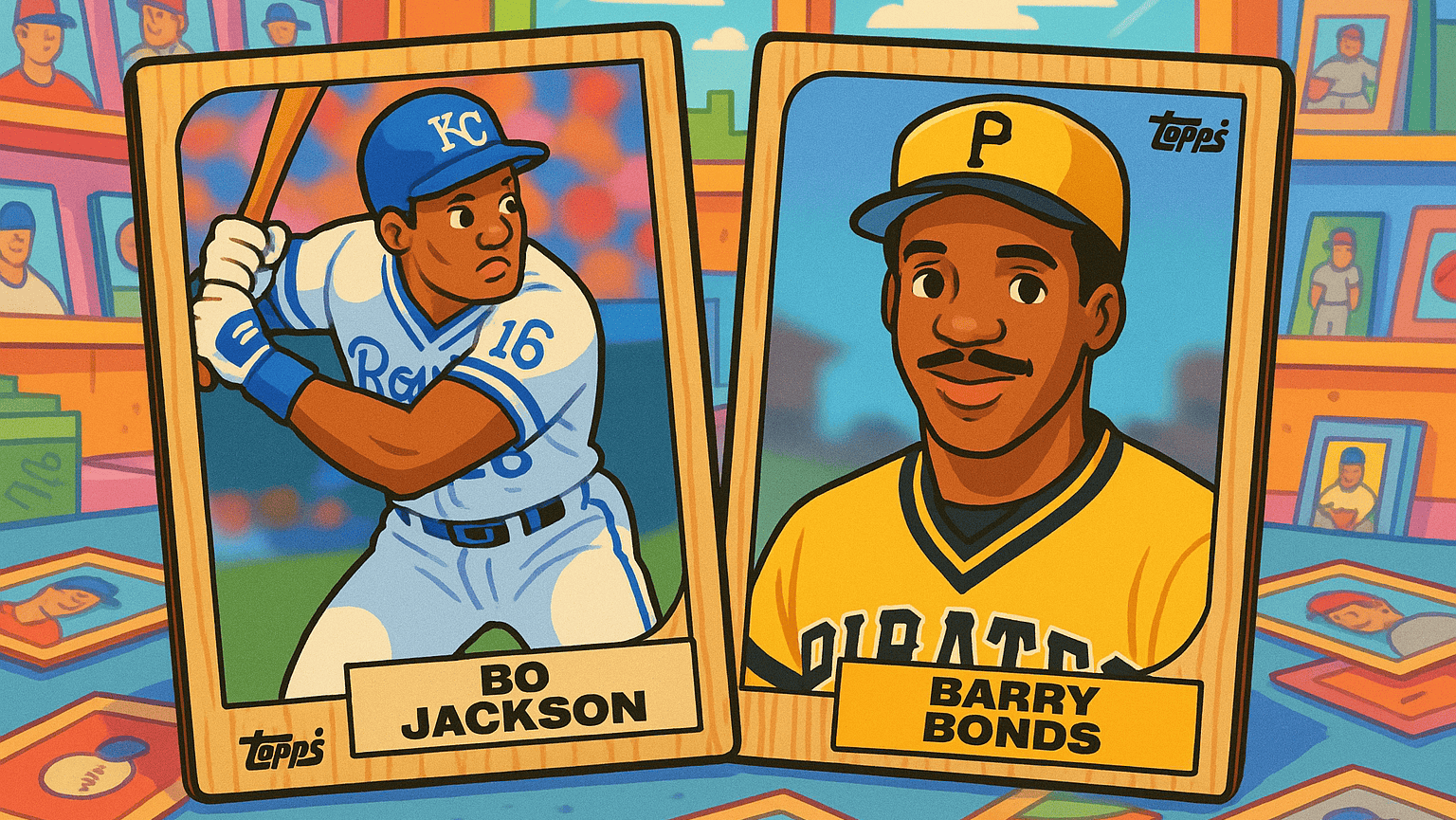
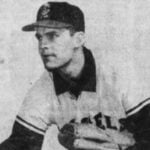
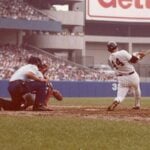
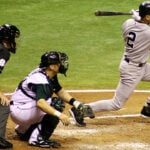

Leave a Reply to Gregory Lee Cancel reply